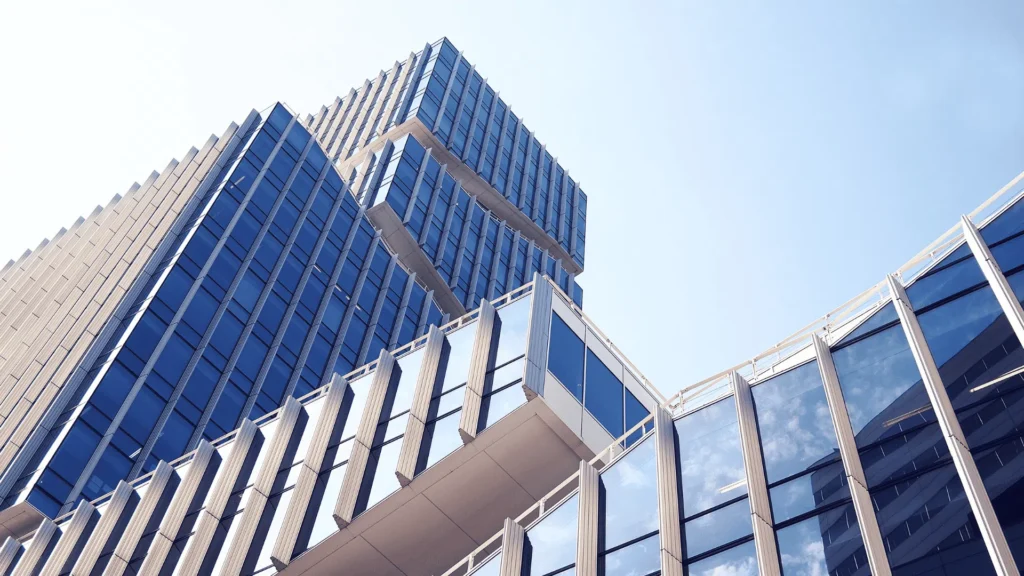Daylighting Controls & Daylight Savings: Optimizing Natural Light Through the…
Studies have shown that natural lighting has proven to improve workplaces by helping employees be more…

The way we design and manage commercial spaces has evolved significantly, particularly in response to the COVID-19 pandemic. Office buildings, retail spaces, and public facilities now require renovations and retrofits that prioritize health, efficiency, and flexibility. At the same time, corporate sustainability is playing a growing role in shaping workplace trends, pushing businesses to adopt energy-efficient and eco-friendly solutions.
From integrating touchless technology to designing flexible workspaces, future-proofing commercial spaces requires a balance of innovation and sustainability. Here’s how businesses can stay ahead of the curve.
Automation and touch-free solutions have become essential in modern commercial spaces, reducing the spread of germs while enhancing convenience. Businesses are increasingly integrating smart technology to minimize physical contact and improve efficiency.
Although retrofitting older buildings with smart technology may require upfront investment, the long-term benefits in safety, efficiency, and tenant satisfaction make it a worthwhile upgrade.
The modern workplace is increasingly prioritizing employee well-being, incorporating features that promote both physical and mental health. Wellness-driven design has become a major workplace trend, influencing renovations and retrofits across commercial spaces.
By focusing on wellness, businesses can create environments that enhance employee productivity and satisfaction.
Corporate sustainability is no longer optional—it is an essential part of future-proofing commercial spaces. Businesses are increasingly investing in energy-efficient solutions that reduce costs while minimizing their environmental impact.
Sustainable design not only supports environmental responsibility but also provides long-term financial benefits through reduced operational costs.
The shift toward hybrid work models has made flexible office layouts a necessity. Businesses are rethinking how spaces are used, prioritizing adaptability and efficiency.
By embracing flexibility, businesses can ensure their commercial spaces remain relevant and functional in an ever-changing work landscape.
The pandemic underscored the importance of air quality, prompting many businesses to upgrade their ventilation systems to create healthier indoor environments.
Improving ventilation not only enhances occupant well-being but also aligns with sustainability efforts by optimizing energy consumption.
As businesses continue adapting to new challenges, the demand for innovative, sustainable, and health-conscious commercial spaces will only grow. Future-proofing requires a proactive approach—one that integrates smart technology, flexible design, energy efficiency, wellness initiatives, and improved air quality.
By embracing these workplace trends, facility managers and property owners can create commercial spaces that are adaptable, efficient, and built for long-term success. Now is the time to invest in renovations that not only meet current expectations but also position properties for the future.
Click here to read the full article, originally published October 24, 2024, by Buildings.com
One Response